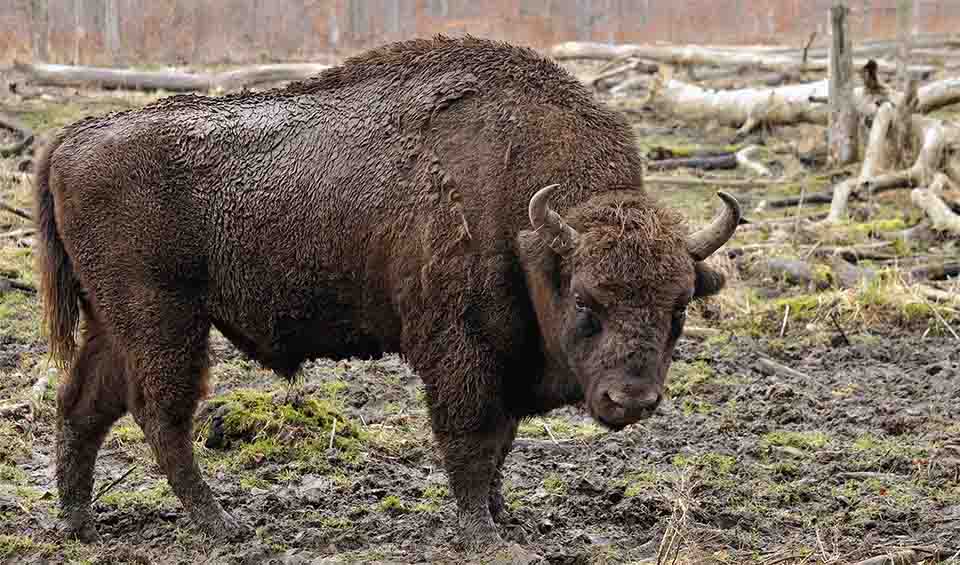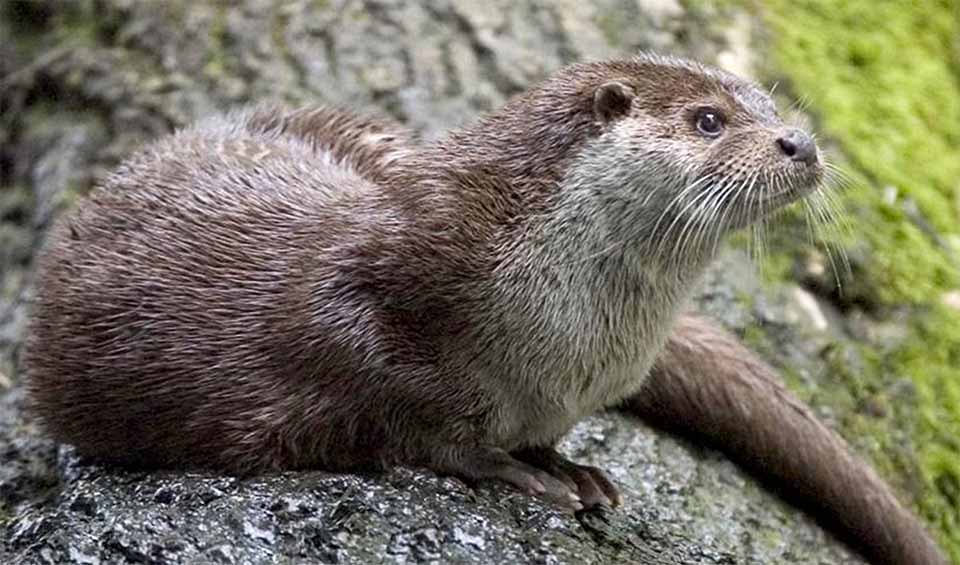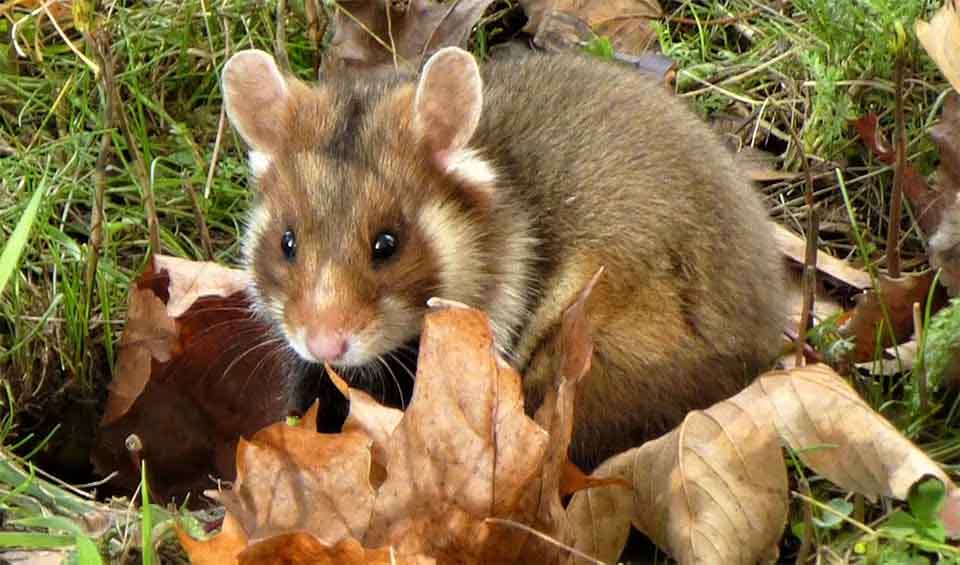Situated in Western Europe, Belgium borders the North Sea and shares land borders with France, Germany, Luxembourg, and the Netherlands. The country is divided into three main regions: Flanders in the north, Wallonia in the south, and the Brussels-Capital Region. Belgium’s landscape transitions from a coastal plain in the northwest to the central plateau and further to the forested hills of the Ardennes uplands in the southeast, where the Signal de Botrange, the highest point at 694 meters (2,277 feet), is located. Known for its numerous rivers and artificial waterways, including the Scheldt and Meuse rivers, Belgium’s waterways are vital for transportation and trade.
The country experiences a temperate maritime climate with significant precipitation in all seasons. Its varied landscapes support a diverse range of flora and fauna, with the Ardennes home to deciduous and coniferous forests, wild boar, and deer. However, Belgium faces environmental challenges such as air and water pollution, and the government has implemented measures to protect and preserve its natural habitats.
Four pillars elaborated:
Belgium has a total of 2,018 protected areas, including 1,708 sites protected under national laws and 310 recognized as Natura 2000 sites. These Natura 2000 sites, vital for conserving biodiversity and natural habitats, are designated under the Birds Directive, which includes 255 Special Protection Areas, and the Habitats Directive, which includes 281 Sites of Community Importance. Land Management
Land Management
Nearly two-thirds of Belgium’s terrestrial protected areas are exclusively Natura 2000 sites. Additionally, 23.5% of the protected areas have dual designations under both the Birds and Habitats Directives and national laws, while the remaining 13.4% are protected solely under national laws. In Belgian marine waters, almost all protected areas (99.5%) are designated as Natura 2000 sites, underscoring their crucial role in safeguarding marine biodiversity and habitats.
Land conversion for urban and industrial growth, agriculture, infrastructure, and tourism is the primary cause of biodiversity loss in Belgium. This leads to the destruction, deterioration, or breaking up of habitats, affecting all types of environments. In regions like Flanders, Brussels, and the marine areas, environmental degradation from nutrient pollution places significant stress on wildlife. Although less severe, pollution remains a concern in Wallonia as well. Threats to Biodiversity
Threats to Biodiversity
The urban nature of the Brussels-Capital Region introduces unique challenges, including high recreational use of green spaces and the introduction of invasive species. These non-native species, which include various plants, fish, and invertebrates, are rapidly expanding and becoming a focus of growing concern. Climate change further complicates these issues, impacting the behaviors and ranges of species like migrating birds and insects, and intensifying other threats like habitat fragmentation and biological invasions.
In 2010, the Royal Belgian Institute of Natural Sciences launched a new exhibition on “Biodiversity in Cities” and plans to expand its focus on biodiversity in the coming years. Since April 2012, the Belgium Ecosystem Services Community has been working to improve ecosystem and biodiversity health, integrate ecosystem services into various sectors, and share expertise and knowledge across Belgium. The concept of “green procurement,” which encourages environmentally friendly purchasing decisions, is becoming more popular, driven by government support for using certified wood in public projects. Incentive programs in Flanders support environmentally friendly farming practices, while in Wallonia, over half of the forest area is certified for sustainable management, which also aims to fight climate change. Capacity and Governance
Capacity and Governance
In Brussels, new conservation laws protect nearly 14% of the region, enhancing green connectivity. Coastal and marine habitats are being preserved through regulated activities and pollution control measures in the North Sea. Additionally, Belgium is taking part in international efforts to conserve plant genetic resources and manage invasive plant species through collaborative projects.
Belgium’s Future Biodiversity Plan builds on the country’s ongoing commitment to biodiversity conservation, anchored by the “Biodiversity 2020” strategy. This strategy sets forth crucial objectives and measures for safeguarding and rejuvenating biodiversity nationwide. The report titled “Nature’s Worth Its Weight in Gold” suggests that Belgium should boost its annual spending on biodiversity conservation by €603 million to fund efforts such as habitat restoration, species protection, and educational programs. Future Trends
Future Trends
Belgium is also an active participant in global biodiversity conservation initiatives, including the UN’s Convention on Biological Diversity (CBD). The country is dedicated to meeting the ambitious targets outlined in the CBD’s post-2020 agenda, which includes the goal of protecting 30% of the planet’s land and oceans by 2030.
Biodiversity
The country is also home to a diverse array of wildlife. There are over 70 species of mammals, including red deer (Cervus elaphus), European badger (Meles meles), and the reintroduced Eurasian beaver (Castor fiber). Belgium’s forests, particularly in the Ardennes region, provide critical habitats for these species. Its birdlife is also remarkable, with around 200 recorded bird species. The country’s wetlands, such as the Zwin Nature Park and the High Fens, are crucial for migratory birds, making Belgium a vital stopover site on European migratory routes. Noteworthy bird species include the Eurasian spoonbill and the western marsh harrier.Belgium also boasts a wide variety of amphibians, reptiles, and insects. Its amphibian population includes species like the common frog (Rana temporaria) and the European tree frog, while its insect diversity is highlighted by numerous butterfly and beetle species. Belgium’s marine biodiversity, particularly along its North Sea coast, also features various fish and marine invertebrates. The coastal and marine ecosystems are vital for species such as the harbor porpoise (Phocoena phocoena) and numerous fish species, contributing to the country’s ecological richness.
In the table below are the number of known species in several main groups, how many of these species are Threatened with extinction, and how many of them are Endemic (unique to Belgium only):
| Species (World rank) |
Threatened | % Threatened | Endemic | % Endemic | |
|---|---|---|---|---|---|
| Mammals | 82 (#138) | 2 | 2.4% | ||
| Birds | 264 (#147) | 8 | 3.0% | ||
| Reptiles | 11 (#176) | ||||
| Amphibians | 19 (#105) | ||||
| Fishes | 193 (#168) | 21 | 10.9% | ||
| Plants | 2,117 (#147) | 10 | 0.5% | 1 | 0.0% |
mammals
European bison
Habitat destruction & overhunting led to extinction in the wild, now gradually being reintroduced
Eurasian otter
Fiercely territorial, marking their territory with scent to communicate with other otters
European hamster
To prepare for winter, they gather huge amounts of food – sometimes up to 65 kilograms – and store it in their burrows
birds
Eurasian eagle-owl
These owls have specialized feathers that make their flight nearly silent
Gyrfalcon
Largest of falcons: can grow up to 60cm (2 ft) in height
European pied flycatcher
Males are particularly eye-catching with their black and white plumage, looking like they’re wearing a little tuxedo
reptiles
Common wall lizard
What makes them really interesting is their skin – it’s covered in lots of little bumpy scales, like tiny pearls
Smooth snake
Can live for several decades under the right conditions, but grow slowly and only reach maturity after several years
Viviparous lizard
One of the few reptiles that can not only lay eggs but also give birth to live young
amphibians
Natterjack toad
Instead of hopping like other toads, they have a funny little walk, almost like they’re running!
Smooth newt
They have the ability to regenerate lost limbs and other body parts, a superpower in the animal kingdom!
Marsh frog
Quite noisy creatures which is a common sight in wetland areas
National Animals
Lion
Tufted-tailed Simba in the plight
Eurasian kestrel
Adaptable raptor known for its hovering hunting technique and striking appearance


















